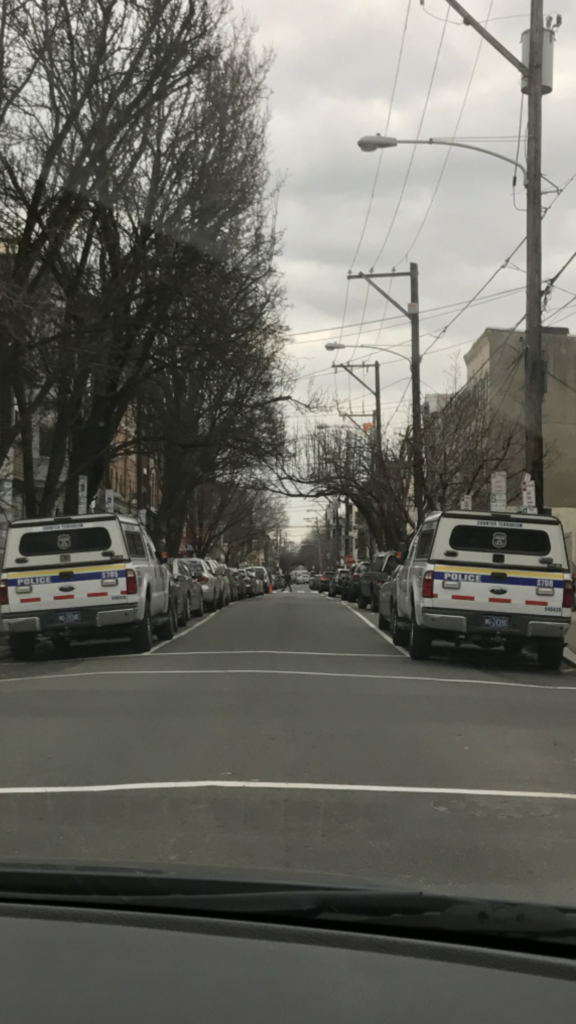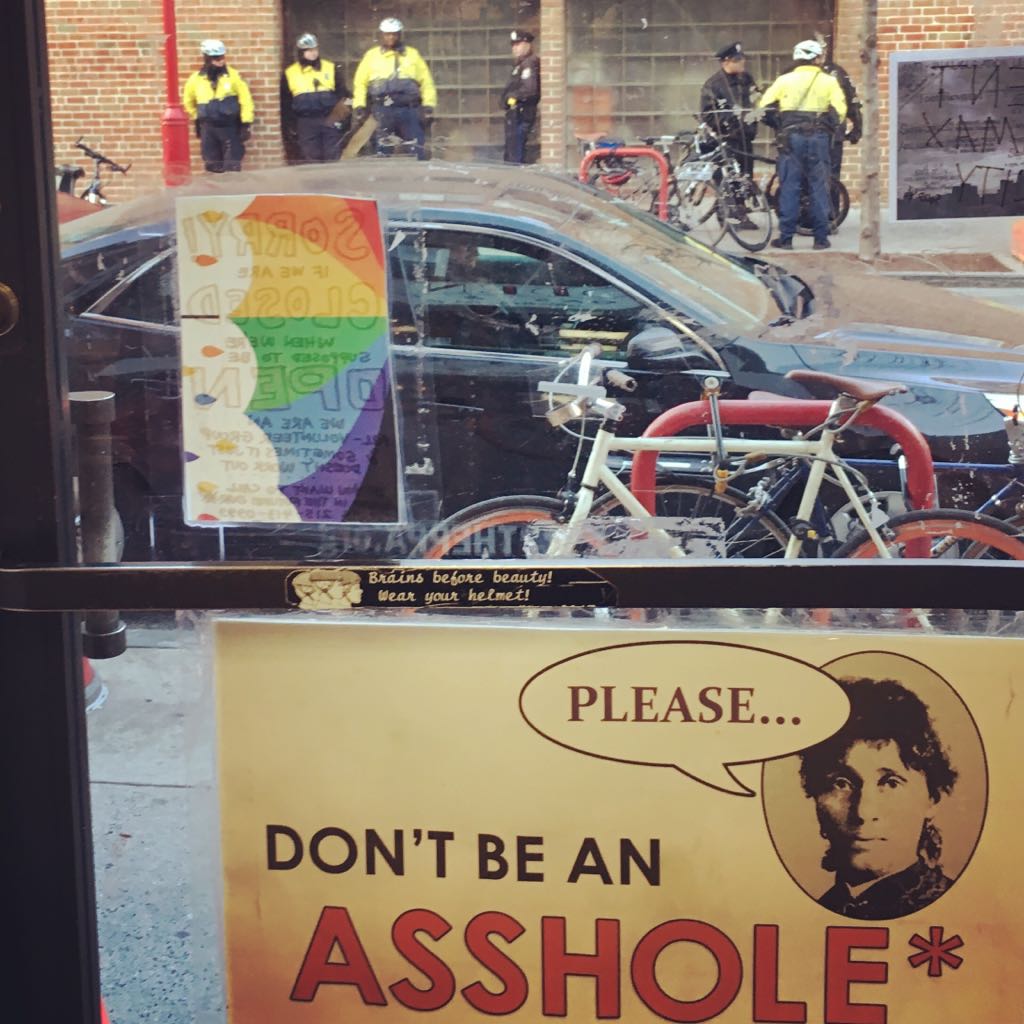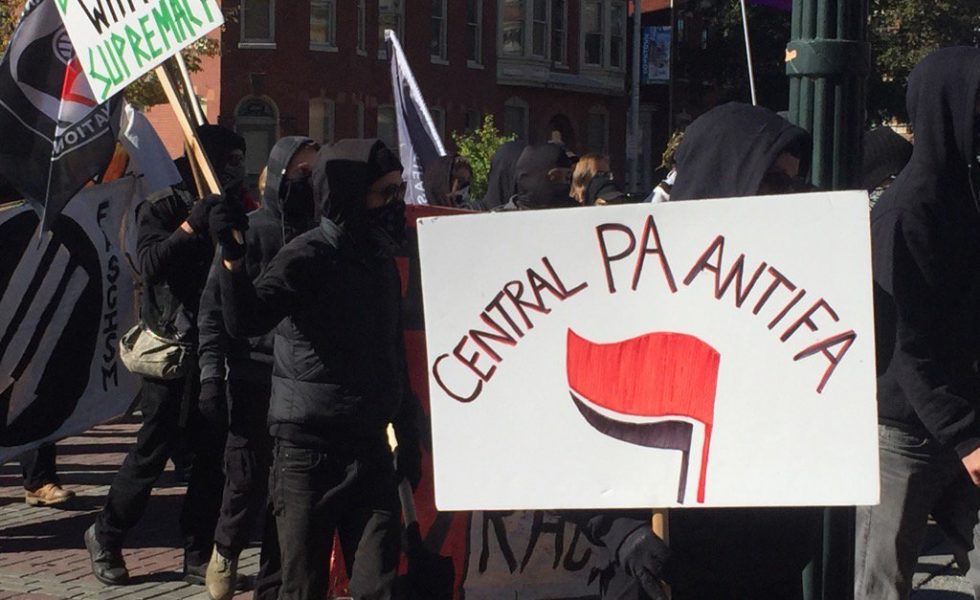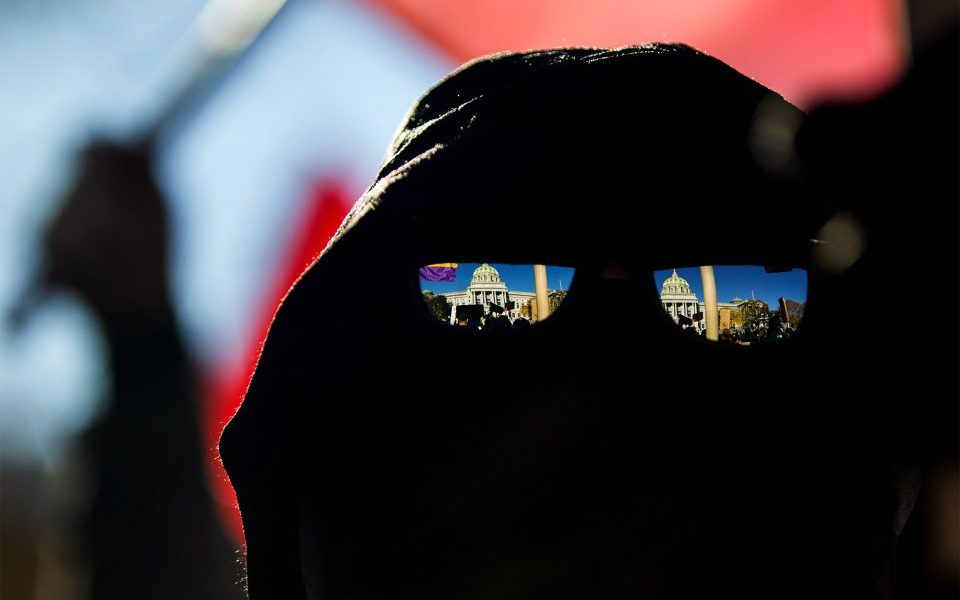From Anathema
2017 begun with the announcement that Pennsylvania will close two yet-to-be-announced state prisons by June 30 to help offset a projected $600 million revenue shortfall in this year’s budget. The state is also facing a $1.7 billion structural deficit next fiscal year. Governor Tom Wolf, whose efforts to raise taxes have failed since he took office in January 2015, has vowed to close the deficit through cuts and savings. Meanwhile, the originally estimated $400 million SCI Phoenix in nearby Graterford, PA has yet to announce its completion after a couple of years of delays. This is, of course, the same prison that came under scrutiny by the public as its construction was announced concurrently with the closing of 23 Philadelphia public schools and laying off thousands of teachers in 2013. The construction of SCI Phoenix is managed by Hill International, whose world headquarters is located on the 17th floor of 2005 Market here in Philadelphia.
The rest of the country has seen increased discussion on detaining immigrant populations since June 2014, when the Obama Administration announced its detention-as-deterrence plan to send large numbers of families from Central America seeking asylum into immigration detention. Families detained at what used to only be three detention facilities — Dilley, Karnes, and the local Berks Country Family Detention Center — have suffered the detrimental effects on their physical and mental health associated with being detained, lengthy detention stays, and lack of access to legal counsel. Some have suffered further abuse, including a 19-year-old mother who reported being sexually assaulted by a staff member and an eight-year-old girl who witnessed the assault at the Berks facility early in 2015.
After 15 years of operation, the state of Pennsylvania may let the Berks license expire if they continue to hold families, instead of just children, as it has been licensed as a Child Residential Facility. Currently children and adults are imprisoned in these facilities together. Despite relatively low obvious security, those held are threatened with federal charges if they defy the orders of the authorities there as simple as walking off campus, and suffer bed checks every 15 minutes with flashlights shined upon them. Berks is a state-run facility, as opposed to the privately run facilities that have come under fire in Texas for the operational methods and neglectful tendencies that have resulted in a history of questionable deaths and substandard medical care, according to Mother Jones. In fact, these facilities are said to not only be incapable of protecting the lives of the inmates, but also incapable of protecting the lives of the personnel — to say nothing of the multiple new facilities in that region.
Yet business is good for these private facilities, despite last year’s announcement by the state department that private prisons contracts with the federal Bureau of Prisons would be suspended or reduced in this country. This is apparent in the immediate surge in the two biggest private prison firms’ stock prices after the announcement of Trump’s election, as Immigration and Customs Enforcement facilities do not fall under the domain of the BOP.
Resistance is occurring though, from the successful closing of a privately run ICE facility in San Antonio over the needlessly cruel banning of crayons for children to the nationwide prison strike that began on September 9th, last year.
“By rioting and through other combative tactics, they disrupted normalized routines and operations for even longer. It was the largest action ever taken by prisoners in the United States, and anarchists took part both inside and outside the prison walls.”
During said strike, prisoners took action in 46 prisons. Of those facilities, 31 experienced a lock-down, suspension, or full strike for at least 24 hours, affecting around 57,000 people. By not showing up for work, prisoners shut down the regular operations of prisons like Kinross in Michigan and Holman in Alabama. By rioting and through other combative tactics, they disrupted normalized routines and operations for even longer. It was the largest action ever taken by prisoners in the United States, and anarchists took part both inside and outside the prison walls.
The strike has primarily been framed as a battle against prison slavery, an institution codified into law “as a punishment for crime” in the 13th Amendment to the Constitution. Prisoners are often employed for pennies per hour, performing not only the various tasks that keep the prison running, but also sometimes producing commodities such as Starbucks cups or even putting out wildfires in California. Anarchist and prisoner Joshua “Zero” Cartrette has articulated a greater breadth of what prison imposes, in addition to writing about the repression he and his affinities have faced for their strike, which has included months of solitary confinement. Local actions also included targeting the diffuse drop-off points for UPS, which benefits from prison labor. Others, like Michael Kimble and the recently hunger-striking Sean Swain, have also made valuable contributions to this dialogue.
Some of those involved in organizing the prison strike will be moving their attention toward prison contractor Aramark beginning January 14th in DC. The $8.65 billion food services company is one of the country’s largest employers and provides meals for more than 500 correctional facilities across the country. They have been the subject of complaints about maggots and rocks, sexual harassment, drug trafficking and other employee misconduct. If you haven’t noticed their distinct impression on the local skyline, Aramark’s corporate offices are currently located at 1101 Market in Philadelphia, though they have plenty of operations through the city and beyond, easily identifiable by their labeled vehicles parked outside.
Local initiatives against prison society have also included the recurring New Year’s Eve noise demos and the upcoming January 22nd day of solidarity with trans prisoners (that will manifest this year at LAVA with a letter writing night). From the most recent NYE noise demo:
On new year’s eve a crowd of people gathered outside the federal prison at 7th St and Arch St to show love for those kidnapped by the state.
“People brought banners, drums, a speaker, fireworks, whistles, and airhorns to get it going. Everything turned into a drum; signs, trashcans, walls, and bike racks were all kicked and banged to make sound. Fliers explaining the noise demo were passed to passersby and thrown around. Coffee and snacks were shared, as slogans against police and prisons were shouted through the megaphone. The night was fun and prisoners flashed their lights as we made a racket.
“Police arrived toward the end as the energy was dying down, but didn’t intervene. The demo ended with a short march to a nearby park where everyone was able to disperse without incident.
“Prisoners to the streets! Burn down the plantation!”
In 2015, Decarcerate PA estimated that some 80% of jailed persons in Philadelphia are simply awaiting trial, and that policy change would prevent this. But there are never any guarantees from petitioning politicians, not that we could ever rely on reforms for freedom, and legislation can be reversed through the very same system in which it was introduced. If you want to destroy prison society, stronger inspiration can be found in the likes of the previously mentioned prison strike, frequent prison riots, the Attica uprising, groups like Os Cangaceiros, The George Jackson Brigade, the third generation of the Red Army Faction, and even Jacque Mesrine’s famous armed raid on a penitentiary in Quebec.











